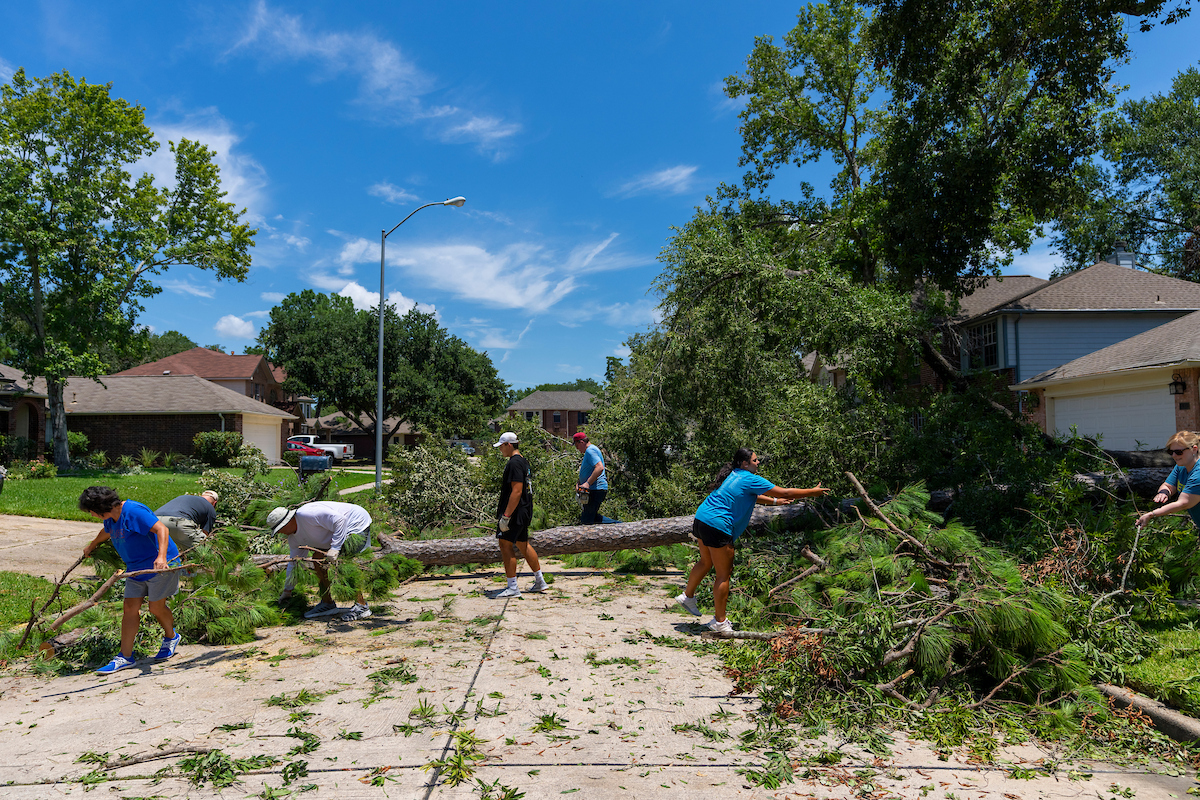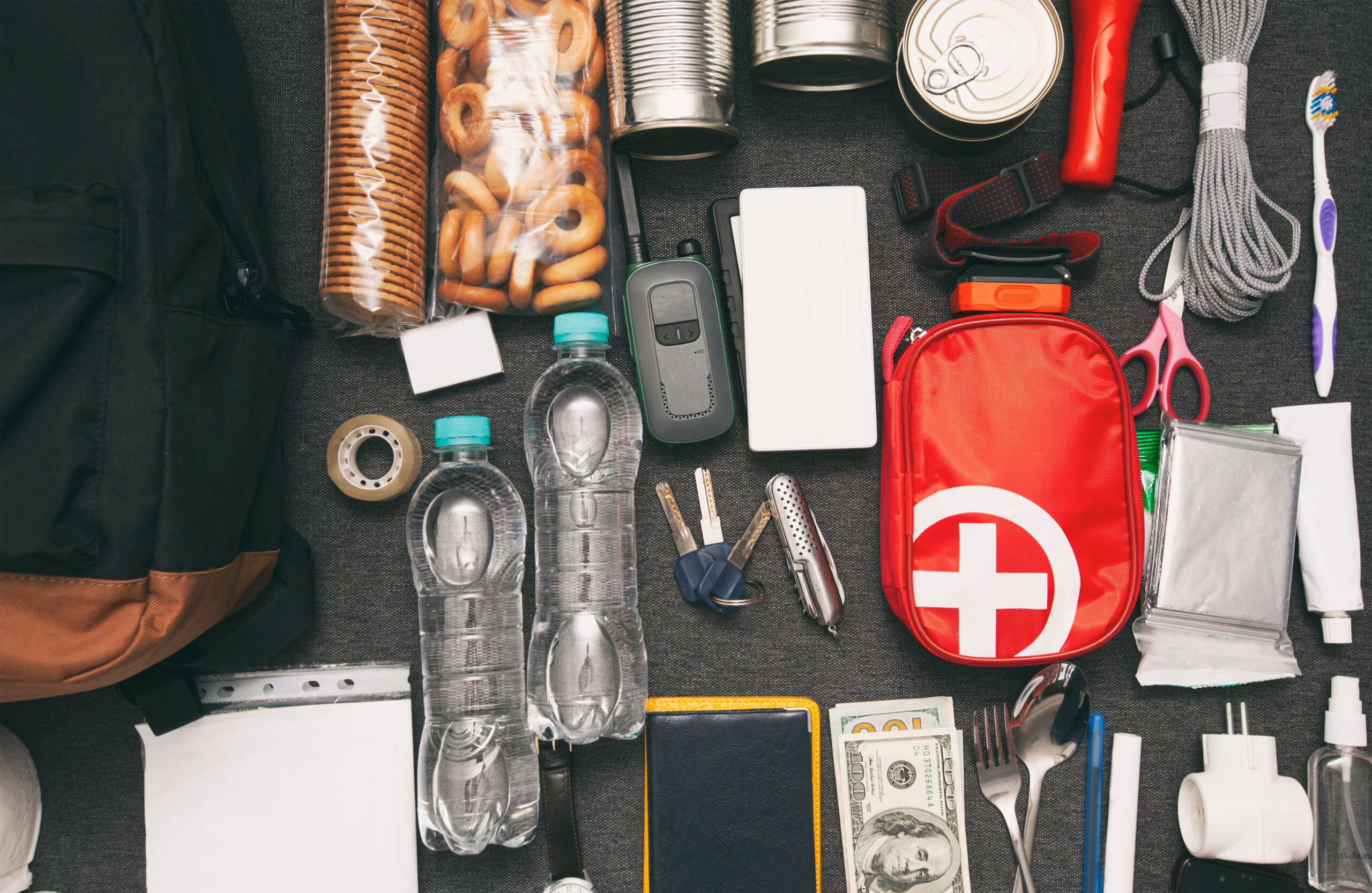National Preparedness Month: How do I prepare for a disaster or emergency?
Texas A&M AgriLife Extension Service offers a wealth of information to help families and landowners prepare
The month of September has been designated National Preparedness Month by the Federal Emergency Management Agency. Throughout Texas and beyond, the Texas A&M AgriLife Extension Service is supporting this important disaster and emergency preparedness initiative.
“The recent devastation from Hurricane Ida in nearby Louisiana and the record number of named tropical storms from last hurricane season — and growing number of them this season — should serve to demonstrate the need for everyone to take emergency preparation seriously,” said Monty Dozier head of AgriLife Extension’s Disaster Assessment and Recovery unit.
“With not only hurricanes, but floods, drought, winter freezes, wildfires and other natural disasters and emergencies recently affecting the state and nation, we encourage everyone to take this opportunity to learn more about what they can do to help protect their families, homes and businesses.”
For helpful, objective, science-based information on disaster and emergency preparedness, the Texas Extension Disaster Education Network, Texas EDEN, website https://texashelp.tamu.edu serves as a comprehensive resource. The site contains disaster preparation and recovery information from AgriLife Extension and other Texas A&M AgriLife experts, as well as experts from state and federal agencies and throughout the national land-grant system.
A variety of disaster preparation and recovery materials are also available at the Texas A&M AgriLife Extension Bookstore , with most in both English and Spanish. In most instances, the information is free or at minimal cost and is also available in e-book format for mobile devices.
Resources to prepare for and recover from a disaster
Joyce Cavanagh, Ph.D., AgriLife Extension specialist in disaster assessment and recovery said four of the most popular publications on disaster preparation and recovery have been updated and are now available.
— Texans, Get Ready! This publication addresses how to protect yourself and your household during and immediately after a catastrophe by making a disaster plan and preparing a disaster kit. The publication shows how all members of your household can take care of yourselves without outside help for at least three days. Special considerations include keeping food safe to eat, sheltering-in-place and discussing a disaster with children.
— Disaster Information for Farmers and Ranchers This publication shows how to protect your farm and/or ranch operation before, during and after a disaster. It shows agricultural producers how to prepare for weather-related and other emergencies by creating a disaster plan that will help preserve life and property as well as help minimize recovery time.
— After a Disaster. This disaster recovery guide provides useful information on how individuals, families and businesses can recover from a disaster such as a wildfire, hurricane, severe weather or other occurrences.
— Returning Home After a Disaster. Cleaning up and recovering after a disaster can be a long, difficult task. If your home has been flooded, everything touched by water is considered contaminated. This publication provides a list of essential supplies such as potable water, personal safety and first aid items, and personal hygiene items, as well as cleaning supplies you may need for your home.
“All these resources will be of great help in preparing for and recovering from a disaster, whether it be flooding, a hurricane, fire or other disaster,” she said.
Preparedness through planning and practice
Dozier said the most important step in disaster preparation for a family is to develop and practice an emergency family plan that accounts for any specific or special needs that may arise.

“Some of those specific or special needs might include making provisions for small children, those who are disabled, seniors or family pets,” he said. “These plans help everyone be aware of what to do, where to go and how to respond if there’s a disaster or emergency.”
Cavanagh said an emergency plan should include establishing escape routes from your house and neighborhood in the event evacuation is required. She said all household members should also participate in an emergency practice session.
“The plan should identify rooms with at least two exit points and include a pre-identified site for family members to meet once they have left the house,” she said. “You should also prepare a contact card with the name, address, phone and email for each family member and have everyone keep a copy of it in their wallet, purse or backpack or vehicle glove compartment.”
She said the emergency plan should also make accommodations for family pets.
“This might include identifying hotels or motels that accept pets or would waive a no-pets policy in an emergency, as well as listing phone numbers and addresses of veterinarian offices,” she said.
Grab-and-go items during an emergency
Cavanagh said another important element of disaster planning is to prepare a grab-and-go survival kit for their home, office and each vehicle.
“This emergency kit should contain enough supplies to take care of immediate family members for at least three days,” she said. “Some essential kit contents include bottled water, non-perishable foods, a hand-operated can opener, mouth/nose protection masks, extra clothing, first-aid kit, gloves, blankets, toiletries, battery- or hand-powered flashlight, weather radio, spare batteries, garbage bags, medications and anti-bacterial cleaners or wipes.”
Cavanagh said disaster planning should also include putting together another grab-and-go box containing important personal and family documents and financial records.
“While disaster preparation takes time and requires forethought and commitment, having a plan and necessary emergency supplies ready will help make what is bound to be a traumatic and stressful situation a lot more manageable,” she said.







